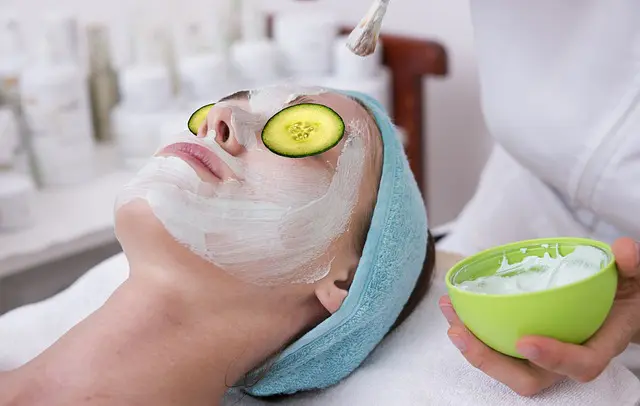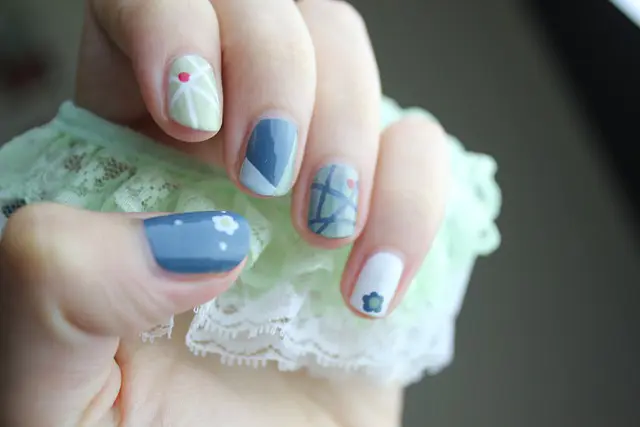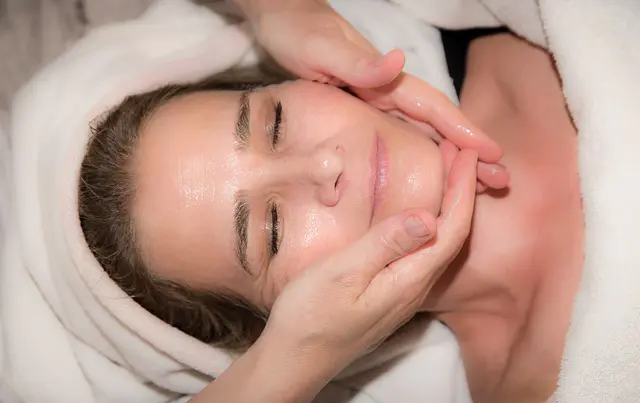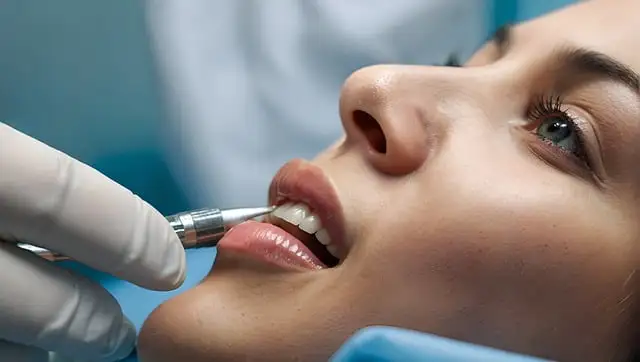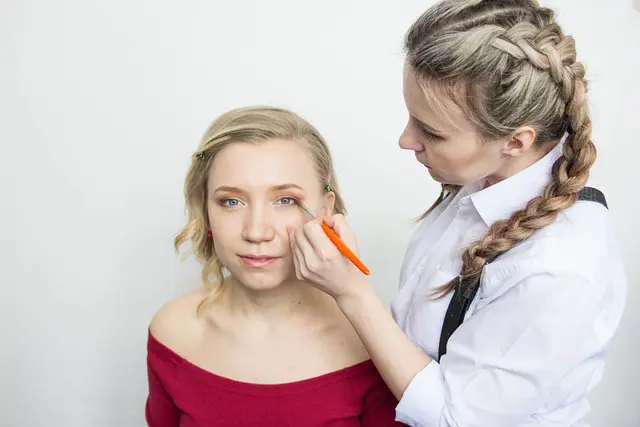Skincare is a universal practice, but its methods, ingredients, and philosophies vary widely across cultures. From the ancient beauty rituals of Asia to the holistic approaches of Africa, the world is rich with traditions that have stood the test of time. In today’s globalized beauty industry, these cultural practices are not only being preserved but are also influencing modern skincare trends. In this blog post, I want to take you on a journey through the evolution of skincare, exploring how cultural traditions are shaping the way we care for our skin today.
Asia: The Birthplace of Innovation and Elegance
Asia has long been at the forefront of skincare innovation, with countries like Japan, South Korea, and China leading the way. These cultures have a deep-rooted emphasis on prevention, hydration, and meticulous routines, which have inspired the global “K-beauty” and “J-beauty” phenomena.
- South Korea’s Layering Technique: The famous 10-step Korean skincare routine is more than just a trend—it’s a philosophy. By layering lightweight products like essences, serums, and ampoules, this method ensures deep hydration and targeted treatment. The focus on hydration stems from the belief that plump, well-moisturized skin is the foundation of youthfulness.
- Japan’s Minimalist Approach: Japanese skincare, on the other hand, emphasizes simplicity and quality. Ingredients like rice bran, green tea, and camellia oil have been used for centuries to brighten, soothe, and protect the skin. The Japanese also prioritize sun protection, a practice deeply ingrained in their culture to maintain fair, even-toned skin.
- China’s Herbal Wisdom: Traditional Chinese Medicine (TCM) has influenced skincare for thousands of years. Ingredients like ginseng, goji berries, and pearl powder are believed to balance the body’s energy (qi) and promote radiant skin. TCM also emphasizes internal wellness, advocating for diets and teas that support skin health.
These Asian traditions have not only shaped their own beauty industries but have also introduced the world to innovative concepts like sheet masks, cushion compacts, and fermented ingredients.
Africa: The Power of Nature and Community
African skincare traditions are deeply rooted in the use of natural ingredients and communal knowledge. From the deserts of Morocco to the savannas of Kenya, each region has its own unique practices that celebrate the richness of the land.
- Moroccan Argan Oil: Known as “liquid gold,” argan oil has been used by Berber women for centuries to moisturize and protect their skin and hair. Packed with vitamin E and fatty acids, this oil is now a global skincare staple.
- Shea Butter from West Africa: Shea butter, derived from the nuts of the shea tree, is a cornerstone of West African skincare. Its moisturizing and anti-inflammatory properties make it ideal for treating dry skin, eczema, and even scars.
- Ethiopian Coffee Scrubs: Coffee isn’t just for drinking—it’s also a popular exfoliant in Ethiopia. Mixed with oils or honey, coffee grounds are used to slough off dead skin cells and improve circulation, leaving the skin smooth and glowing.
African skincare traditions highlight the importance of sustainability and community. Many of these practices are passed down through generations, preserving both cultural heritage and the environment.
Europe: Timeless Elegance and Scientific Advancements
Europe has a rich history of skincare, blending timeless elegance with cutting-edge science. From the luxurious creams of France to the natural remedies of the Mediterranean, European beauty traditions are as diverse as the continent itself.
- French Pharmacy Favorites: French skincare is synonymous with luxury and efficacy. Brands like La Roche-Posay and Avène have popularized the use of thermal spring water, which is rich in minerals and known for its soothing properties. The French also emphasize gentle, pH-balanced cleansers and rich moisturizers.
- Mediterranean Olive Oil: In countries like Greece and Italy, olive oil has been used for centuries as a moisturizer and cleanser. Its antioxidants and fatty acids help protect the skin from environmental damage and maintain its elasticity.
- Nordic Cold-Weather Wisdom: In Scandinavia, where harsh winters can take a toll on the skin, ingredients like lingonberries, birch sap, and seaweed are used to hydrate and protect. The Nordic approach also emphasizes simplicity and functionality, with a focus on multi-tasking products.
European skincare traditions often combine natural ingredients with scientific research, creating products that are both effective and luxurious.
The Americas: Indigenous Wisdom and Modern Fusion
The Americas are home to a wealth of indigenous skincare traditions that have influenced modern beauty practices. From the Amazon rainforest to the deserts of the Southwest, these cultures have long relied on the healing power of plants.
- Aztec Clay Masks: The Aztecs used bentonite clay to detoxify and purify the skin. This tradition has been revived in recent years, with clay masks becoming a popular treatment for acne and oily skin.
- Aloe Vera from Mexico: Aloe vera, known for its soothing and hydrating properties, has been used in Mexico for centuries. It’s now a staple in skincare products worldwide, from gels to moisturizers.
- Native American Herbal Remedies: Many Native American tribes use plants like calendula, chamomile, and witch hazel to treat skin conditions. These ingredients are now commonly found in natural skincare products.
In addition to these indigenous traditions, the Americas have also embraced a fusion of global influences, creating a diverse and innovative beauty landscape.
The Future of Skincare: A Global Tapestry
As the beauty industry continues to evolve, it’s clear that cultural traditions will play a key role in shaping its future. Here’s how these influences are coming together to create a more inclusive and innovative skincare world:
- Cross-Cultural Collaboration: Brands are increasingly collaborating with communities to ethically source ingredients and preserve traditional knowledge. For example, fair-trade shea butter initiatives empower West African women while providing high-quality products to consumers.
- Holistic Beauty: The global shift toward holistic wellness is bringing ancient practices like Ayurveda, TCM, and herbal medicine into the mainstream. This approach recognizes that skincare is not just about external treatments but also about internal balance.
- Sustainability and Ethics: Many cultural traditions emphasize a deep respect for nature, inspiring brands to adopt sustainable practices. From waterless beauty to upcycled ingredients, the industry is becoming more environmentally conscious.
- Inclusivity: As the beauty industry embraces diversity, it’s also celebrating the unique skincare needs of different skin tones and types. This inclusivity is rooted in the understanding that beauty is not one-size-fits-all.
Conclusion: Celebrating the Beauty of Diversity
Skincare is a reflection of our shared humanity—a way to care for ourselves and connect with others. By exploring and honoring cultural traditions, we can learn from the wisdom of the past while embracing the innovations of the future. Whether it’s the hydrating layers of K-beauty, the natural remedies of Africa, or the scientific advancements of Europe, each tradition offers something valuable.
As we move forward, let’s celebrate the diversity of skincare and recognize that beauty is not about conforming to a single standard but about finding what works for you. After all, the most beautiful skin is skin that’s cared for with love, respect, and a touch of cultural curiosity.



